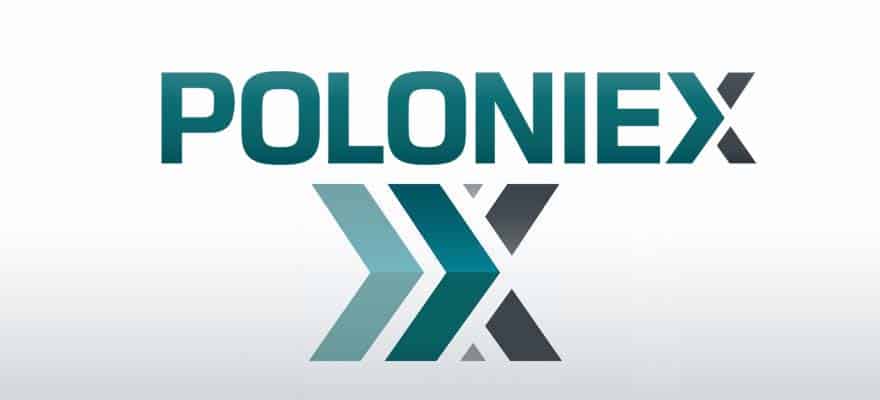
Blockchain consensus mechanisms play a vital role in ensuring the security, reliability, and consistency of networks. Various types of consensus mechanisms have been developed to meet the needs of crypto projects.
Furthermore, it’s important to comprehend these various kinds of blockchain consensus if you wish to have a better understanding of how blockchain networks work.
Now, are you interested in learning more about the different types of consensus currently in use? Let’s explore more in the article below!
What Is Blockchain Consensus?
Blockchain consensus is similar to a rule that will ensure every transaction and any data changes are reviewed and approved by everyone in the network.
In a decentralized ecosystem like blockchain, there is no centralized authority overseeing this process. Instead, all network participants must agree on the valid status of each transaction. This is the primary goal of consensus mechanisms.
How Does Blockchain Consensus Work?
Blockchain consensus mechanisms allow network participants to reach an agreement on the state of the network.
This involves the validation of transactions and the selection of blocks to ensure data consistency across the network.
However, the workings of each mechanism differ and depend on the type of consensus used. Different consensus types offer unique approaches to reaching a decision.
Some blockchains rely on computational power through the Proof-of-Work (PoW) algorithm, while others give more significance to crypto asset holders, using the Proof-of-Stake (PoS) consensus.
Fundamentally, three blockchain consensus mechanisms are commonly used.
Public
Public blockchain consensus is the most commonly encountered mechanism today, and it is an open and fully decentralized system.
Anyone can join and participate in transaction validation and the creation of new blocks. Additionally, this is typically used in open networks based on a broad community.
Private
Meanwhile, we have a private blockchain, which involves restricting access to the blockchain network. Typically, only pre-approved parties can participate in the validation and transaction processes.
This consensus type is often used in business environments where privacy and control are emphasized.
Hybrid
The last type is Hybrid consensus, which combines elements from both of the aforementioned blockchain types. This algorithm often involves the use of multiple consensus mechanisms within a single network.
The primary goal of Hybrid consensus is to leverage the strengths of each consensus to achieve optimal performance and security.
Types of Blockchain Consensus Mechanisms
Various types of blockchain consensus mechanisms have been developed to address different challenges and meet the needs of various blockchain projects. Here are some types of consensus mechanisms we can see in the blockchain:
Proof-of-Work (PoW)
Proof-of-Work (PoW) is one of the oldest consensus mechanisms. It is also the most well-known consensus mechanism in the blockchain world. Miners have the task of solving complex mathematical puzzles to verify transactions and add new blocks to the chain.
PoW requires significant computational power, and the first miner to solve the puzzle receives a reward. Examples of cryptocurrencies using PoW include Bitcoin and Litecoin.
Proof-of-Stake (PoS)
Proof-of-Stake (PoS) is an alternative to PoW. This blockchain consensus allows coin or token owners to participate in transaction validation and block creation based on coin ownership, rather than computational power.
PoS tends to be more energy-efficient than PoW and incentivizes coin holders to support the network. Examples of cryptocurrencies using PoS include Ethereum and Solana.
Proof-of-Importance (PoI)
Proof-of-Importance (PoI) combines various factors, such as the amount of coins held and user interactions with the network. The more someone contributes to the network, the more impact they have on transaction validation.
PoI incorporates social and economic elements into the consensus process. An example of a cryptocurrency using this blockchain consensus mechanism is NEM.
Proof-of-Activity (PoA)
Proof-of-Activity (PoA) is a blockchain consensus mechanism that combines PoW and PoS. Miners must provide evidence of activity outside the blockchain network, such as transactions on other networks.
This algorithm helps prevent 51% of attacks and incentivizes miners through their activities. Decred is an example of a cryptocurrency using this mechanism.
Byzantine Fault Tolerance (BFT)
Byzantine Fault Tolerance (BFT) focuses on a system’s ability to remain consistent even when some parts of the network are problematic.
Examples of cryptocurrencies using this blockchain consensus include Cardano and Zilliqa.
Delegated Proof-of-Stake (DPoS)
Another type of blockchain consensus is Delegated Proof-of-Stake (DPoS), which involves a simple selection of “delegates” who act as miners and validators.
Delegates are chosen by coin holders and are responsible for transaction validation and block selection. EOS and Tronix are two cryptocurrencies using DPoS blockchain consensus.
Proof-of-Capacity (PoC)
Proof-of-Capacity (PoC) prioritizes storage space over computational power. Miners must prove they have sufficient storage capacity to complete validations.
This consensus mechanism is a more energy-efficient alternative to PoW. Examples of cryptocurrencies using PoC include Chia and Storj.
Conclusion
Blockchain consensus mechanisms are essential for securing and validating transactions in decentralized networks.
These mechanisms can be categorized into three main types: public, private, and hybrid. Additionally, various consensus algorithms work differently to address specific challenges and priorities in different blockchain networks.
Understanding these blockchain consensus mechanisms is crucial for grasping how blockchain networks operate.
Personal Note From MEXC Team
Check out our MEXC trading page and find out what we have to offer! There are also a ton of interesting articles to get you up to speed with the crypto world. Lastly, join our MEXC Creators project and share your opinion about everything crypto! Happy trading! Learn about interoperability now!
Join MEXC and Start Trading Today!



